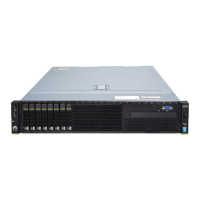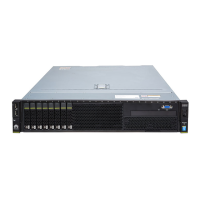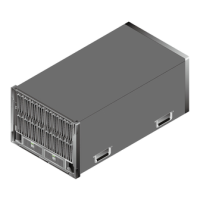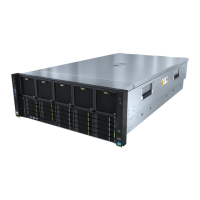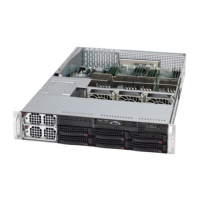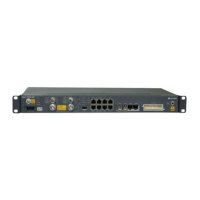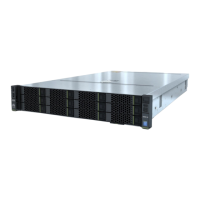Step 3 Run the cat /sys/bus/pci/slots/
$slot
/address command to obtain the bus ID of
the drive corresponding to the slot ID and record all bus IDs. As shown in Figure
9-12, the bus ID of slot 8 is 0000:81:00.
In the command,
$slot
indicates the slot ID, which is obtained in Figure 9-11.
Figure 9-12 Bus IDs that map to slot IDs
Step 4 Run the ls -l /sys/class/block/ command to list the mapping between NVMe PCIe
SSD drive letters, PCIe bus IDs, and 80 IDs in /sys/class/block/, as shown in Figure
9-13.
Figure 9-13 Mapping between NVMe PCIe SSD drive letters, bus IDs, and 80 IDs
Step 5 Obtain the mapping between slot IDs and SSD drive letters based on the mapping
between the slot IDs and bus IDs. For example, in Figure 9-13, the bus ID
corresponding to nvme0n1 is 0000:81:00.0, and the 80 ID is 0000:80:02.0.
According to Figure 9-12, the slot ID corresponding to nvme0n1 is 8.
The slot IDs queried in Step 2 should be consistent with the slot IDs (8 to 11) marked on
the server. If they are not, get them from the 80 IDs obtained in Step 4. For example, "02.0"
in 80 ID 0000:80:02.0 indicates the slot number.
----End
9.9 Erasing Storage Media Data
Storage media data can be erased by using the Linux command badblocks or the
Toolkit.
RH2288H V3 Server
User Guide 9 Common Operations
Issue 46 (2022-12-28) Copyright © Huawei Technologies Co., Ltd. 318
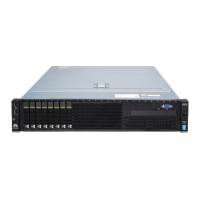
